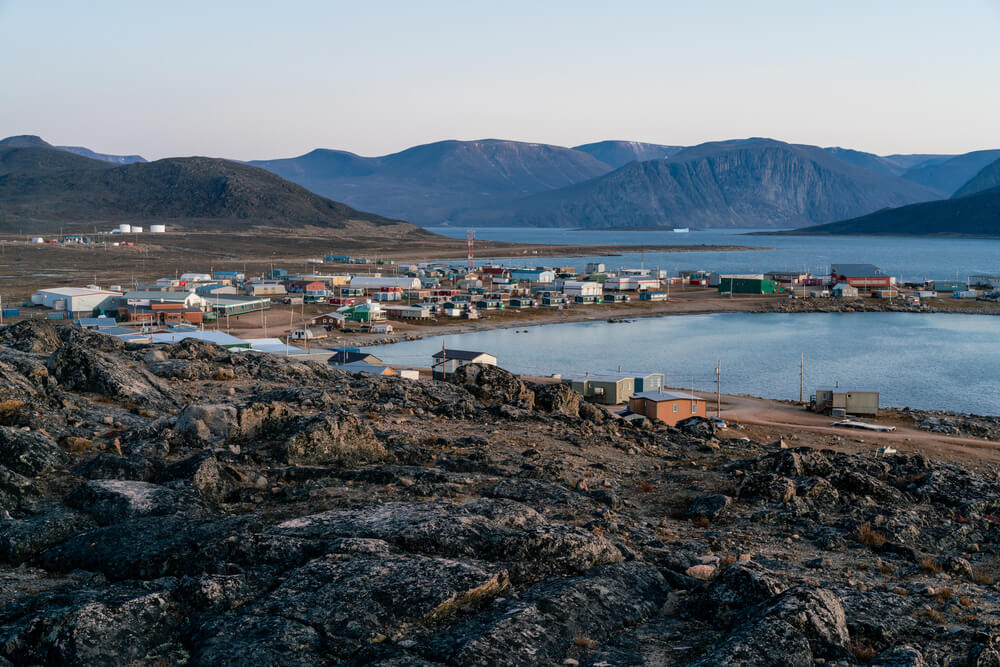Three hundred times. That is how much higher the rate of tuberculosis (TB) is among Inuit compared to non-Indigenous people who are born in Canada. It’s a staggering statistic, especially in a country that prides itself on having one of the best healthcare systems in the world, and where this ancient and curable disease has been eradicated for decades in most regions.
Yet, in Indigenous communities, especially among Inuit, TB outbreaks remain a public health crisis. People still die from the disease in Canada, including 15-year-old Ileen Kooneeliusie who died on an evacuation flight from her Nunavut community to Ottawa in 2017.
In 2018, the federal government pledged to cut TB rates among Inuit in half by 2025 and to fully eliminate the disease by 2030. We are far from achieving that goal. In 2021, twice as many people were diagnosed with TB as the previous year. Three communities in Nunavut are currently grappling with outbreaks, and the infection numbers are rising.
Canada must step up its efforts to address this humanitarian crisis in the North by focusing on its root causes, including the inter-generational trauma caused by colonial policies, and by supporting community-led solutions.
SeeChange, the organization I founded in 2018 to reimagine humanitarian action by supporting community-driven health responses, is working with Inuit communities to find solutions for the TB crisis. Community members and health workers I have met in Nunavut tell me the same story: Tuberculosis is not just a medical problem — it is a social justice issue.
The bacterial infection that causes TB has been widely associated with poverty. A 2019 study in the Journal of Epidemiology and Community Health found that living in poor housing conditions is a factor in the disproportionately high rates of tuberculosis among Inuit.
I have seen the poor quality of housing in Nunavut with its inadequate ventilation, rusting pipes, cracked walls and crumbling floors.
Thirty-five per cent of homes do not have enough bedrooms for their occupants, compared to five per cent nationally, according to a 2020 report by Nunavut Tunngavik Inc. Overcrowding and poor housing conditions allow the disease to spread more easily.
Food insecurity in Nunavut is four times the national average in Canada. The lack of affordable healthy food makes many Inuit even more vulnerable to TB. Studies show that with good nutritional support for TB patients and their contacts, the incidence of all forms of TB can be reduced by 40 per cent.
Aside from these physical hardships, there is the legacy of colonialism and systemic discrimination which has led to widespread distrust in the health system. The Truth and Reconciliation Commission recognized in 2015 that gaps in Indigenous health outcomes are a result of racism and colonization. This includes previous government policies of sending Indigenous people to residential schools and TB sanatoriums. From the 1940s to the 1960s, one in seven Inuit were sent without consent or understanding to TB sanatoriums in the south.
This summer, SeeChange co-organized a historic healing journey of a group of TB sanatorium survivors and Inuit youth to Hamilton, where 1,200 Inuit TB patients were once treated. As in residential schools, abuse in the TB sanatoriums was systematic and the Elders shared heartbreaking stories from their long stays as unaccompanied children. “For years, I felt like there was an ice dagger on my back,” survivor Meeka Newkingnak told me after the visit. “Now
I feel like it has finally melted.”
The survivors’ trauma from this experience still runs deep and has been passed on to the next generations. To turn the tide on this crisis will require a concerted focus on addressing the underlying causes of TB.
In addition to the work already undertaken to address the housing crisis and food insecurity, intergenerational trauma caused by TB sanatoriums must be acknowledged as a social determinant of health in Nunavut. Canada should provide funding for more healing journeys of survivors. Time is running out, as most of them are in their 70s and 80s.
Trauma-informed models of care must be designed with the community. SeeChange’s work has shown that by co-designing responses with affected communities, health and social determinants of health can be addressed simultaneously.
Health Canada should also investigate other successful healthcare solutions adapted to Indigenous cultural realities, such as the Nuka system of care in Alaska, a community-owned and community-focused healthcare model.
Finally, Health Canada should also adopt promising healthcare technology from other countries, such as innovative TB diagnostics and child-friendly TB formulations, which currently don’t exist in Canada — and implement a national TB surveillance program.
Canada is an important donor for worldwide efforts to end the global TB epidemic, which kills about 1.5 million people every year. It must now take bold steps to make sure its own citizens in the country’s North are not being left behind.
Photo courtesy of DepositPhotos




